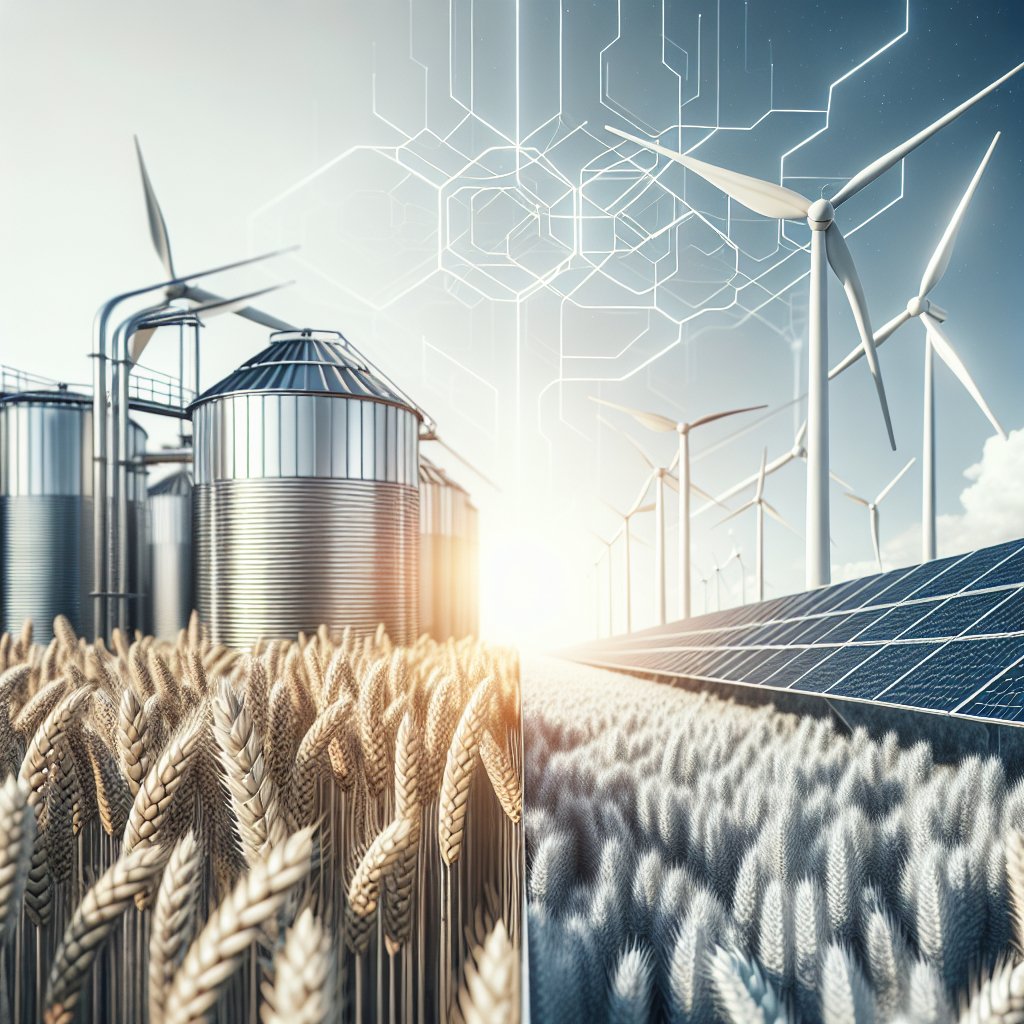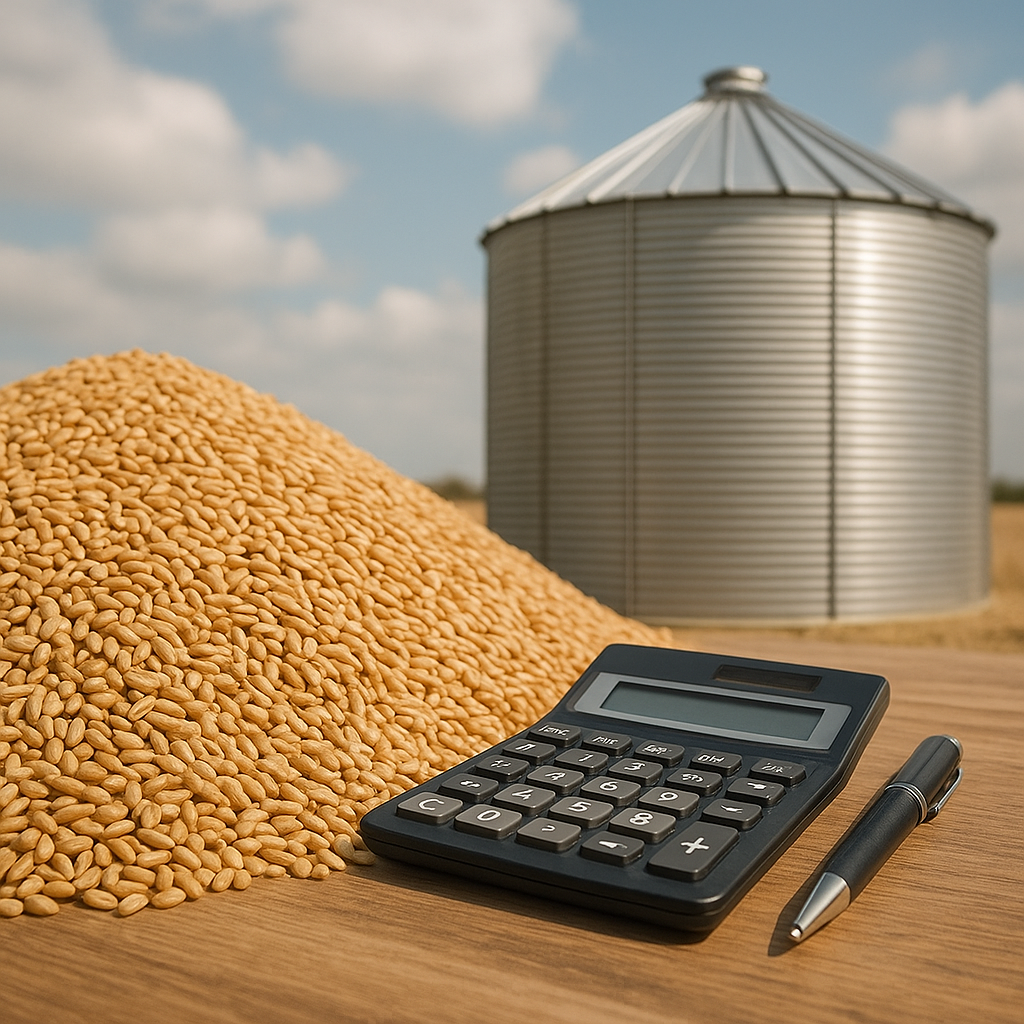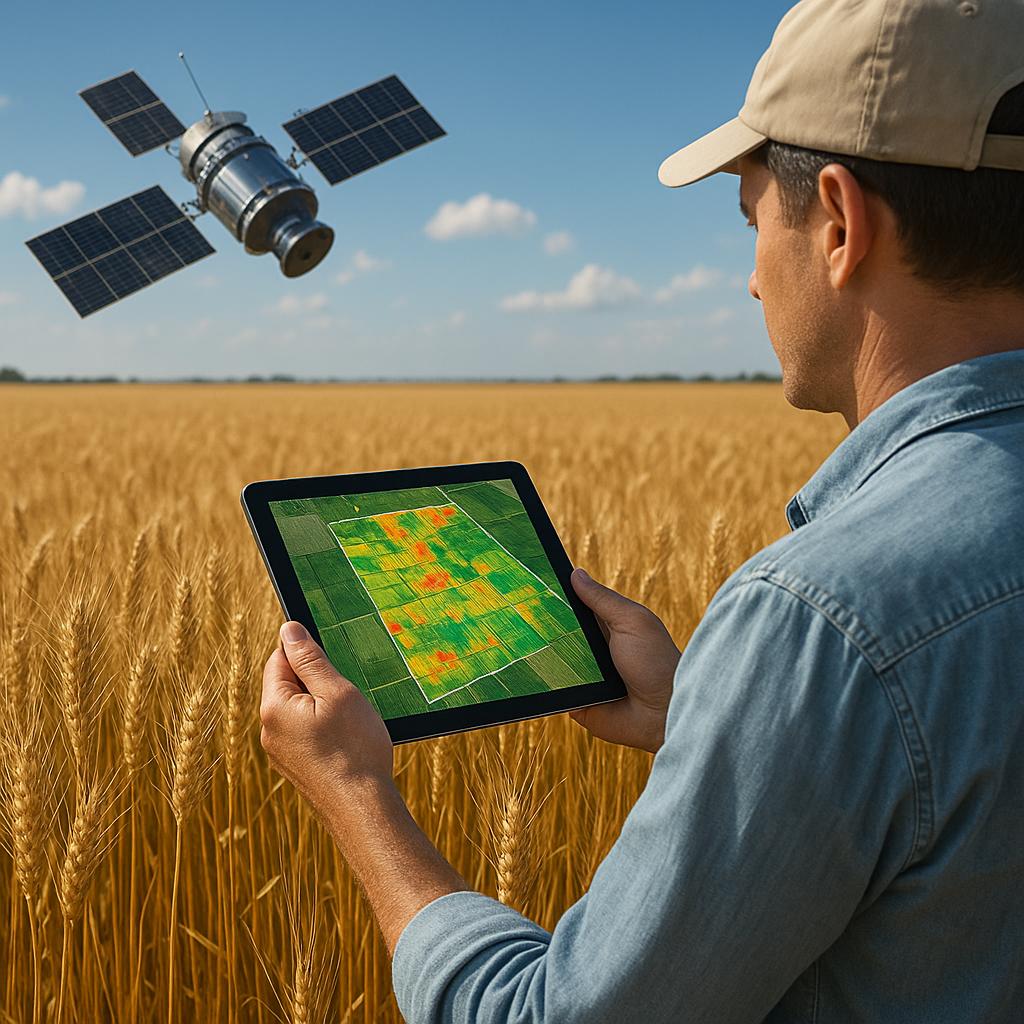The intersection of grain markets and renewable energy is a dynamic and increasingly relevant topic in today’s agricultural and energy sectors. As the world grapples with climate change and seeks sustainable solutions, the relationship between grain production and renewable energy sources has become more pronounced. This article explores how these two fields interact, the implications for farmers and energy producers, and the potential for innovation in sustainable practices.
Understanding Grain Markets
Grain markets are essential components of the global economy, influencing food security, trade policies, and agricultural practices. Grains such as wheat, corn, and rice are staple foods for billions of people and serve as critical inputs for livestock feed and biofuels. The dynamics of grain markets are shaped by various factors, including weather conditions, technological advancements, and global demand.
The Role of Grains in the Global Economy
Grains play a pivotal role in the global economy, serving as a primary source of calories for human consumption and animal feed. The production and trade of grains contribute significantly to the livelihoods of millions of farmers worldwide. In many developing countries, grains are not only a dietary staple but also a key economic driver. The fluctuations in grain prices can have far-reaching effects on food security and economic stability.
- Food Security: The availability and affordability of grains are crucial for ensuring food security, particularly in regions prone to drought or economic instability.
- Trade Policies: International trade agreements and tariffs can significantly impact grain markets, affecting prices and availability.
- Technological Advancements: Innovations in agricultural practices, such as genetically modified organisms (GMOs) and precision farming, have transformed grain production, increasing yields and efficiency.
Current Trends in Grain Production
Recent trends in grain production reflect a growing emphasis on sustainability and environmental stewardship. Farmers are increasingly adopting practices that reduce their carbon footprint and enhance soil health. Crop rotation, cover cropping, and reduced tillage are just a few examples of sustainable practices gaining traction in the grain sector.
Moreover, the rise of organic farming has led to a shift in consumer preferences, with more people seeking sustainably produced grains. This trend is not only beneficial for the environment but also opens new market opportunities for farmers who embrace organic practices.
The Role of Renewable Energy in Grain Production
Renewable energy sources, such as solar, wind, and bioenergy, are becoming integral to grain production. The agricultural sector is increasingly looking to renewable energy to power operations, reduce costs, and minimize environmental impact. This section explores the various ways renewable energy intersects with grain markets.
Biofuels and Grain Production
One of the most significant intersections between grain markets and renewable energy is the production of biofuels. Grains, particularly corn and sugarcane, are commonly used to produce ethanol, a renewable fuel that can replace gasoline. The demand for biofuels has led to increased grain production, impacting prices and availability.
- Impact on Grain Prices: The demand for biofuels can drive up grain prices, affecting food affordability and availability.
- Environmental Considerations: While biofuels can reduce greenhouse gas emissions, their production can also lead to deforestation and habitat loss if not managed sustainably.
- Technological Innovations: Advances in biofuel production technologies are making it possible to use a wider variety of feedstocks, including agricultural waste and non-food crops, reducing competition with food production.
Solar and Wind Energy in Agriculture
Farmers are increasingly turning to solar and wind energy to power their operations. Solar panels can be installed on barns and fields, providing a renewable energy source that can reduce electricity costs. Wind turbines can also be utilized on farms, generating additional income through energy production.
These renewable energy sources not only help farmers save on energy costs but also contribute to a more sustainable agricultural system. By reducing reliance on fossil fuels, farmers can lower their carbon emissions and enhance the overall sustainability of their operations.
Challenges and Opportunities
While the intersection of grain markets and renewable energy presents numerous opportunities, it also poses challenges that must be addressed. Understanding these challenges is crucial for stakeholders in both sectors to navigate the evolving landscape effectively.
Challenges Facing Grain Markets and Renewable Energy
Several challenges hinder the seamless integration of grain markets and renewable energy. These include:
- Market Volatility: Grain prices can be highly volatile, influenced by factors such as weather events, geopolitical tensions, and changes in consumer demand. This volatility can create uncertainty for farmers and energy producers alike.
- Regulatory Hurdles: Navigating the regulatory landscape for both agriculture and energy can be complex. Policies that support renewable energy may not always align with agricultural practices, leading to potential conflicts.
- Infrastructure Limitations: The lack of infrastructure to support the distribution of renewable energy in rural areas can limit farmers’ ability to adopt these technologies.
Opportunities for Innovation
Despite the challenges, there are significant opportunities for innovation at the intersection of grain markets and renewable energy. Some of these opportunities include:
- Agrovoltaics: This innovative approach combines agriculture and solar energy production, allowing farmers to grow crops while generating renewable energy. Agrovoltaics can enhance land use efficiency and provide additional income streams for farmers.
- Research and Development: Investment in research and development can lead to new technologies that improve the efficiency of both grain production and renewable energy generation.
- Collaborative Models: Partnerships between farmers, energy producers, and researchers can foster collaboration and knowledge sharing, leading to more sustainable practices and innovative solutions.
Conclusion
The intersection of grain markets and renewable energy is a complex and evolving landscape that holds significant potential for sustainable development. As the world continues to seek solutions to climate change and food security, the collaboration between these two sectors will be crucial. By embracing innovation, addressing challenges, and fostering sustainable practices, stakeholders can create a more resilient and sustainable future for both grain production and renewable energy.













